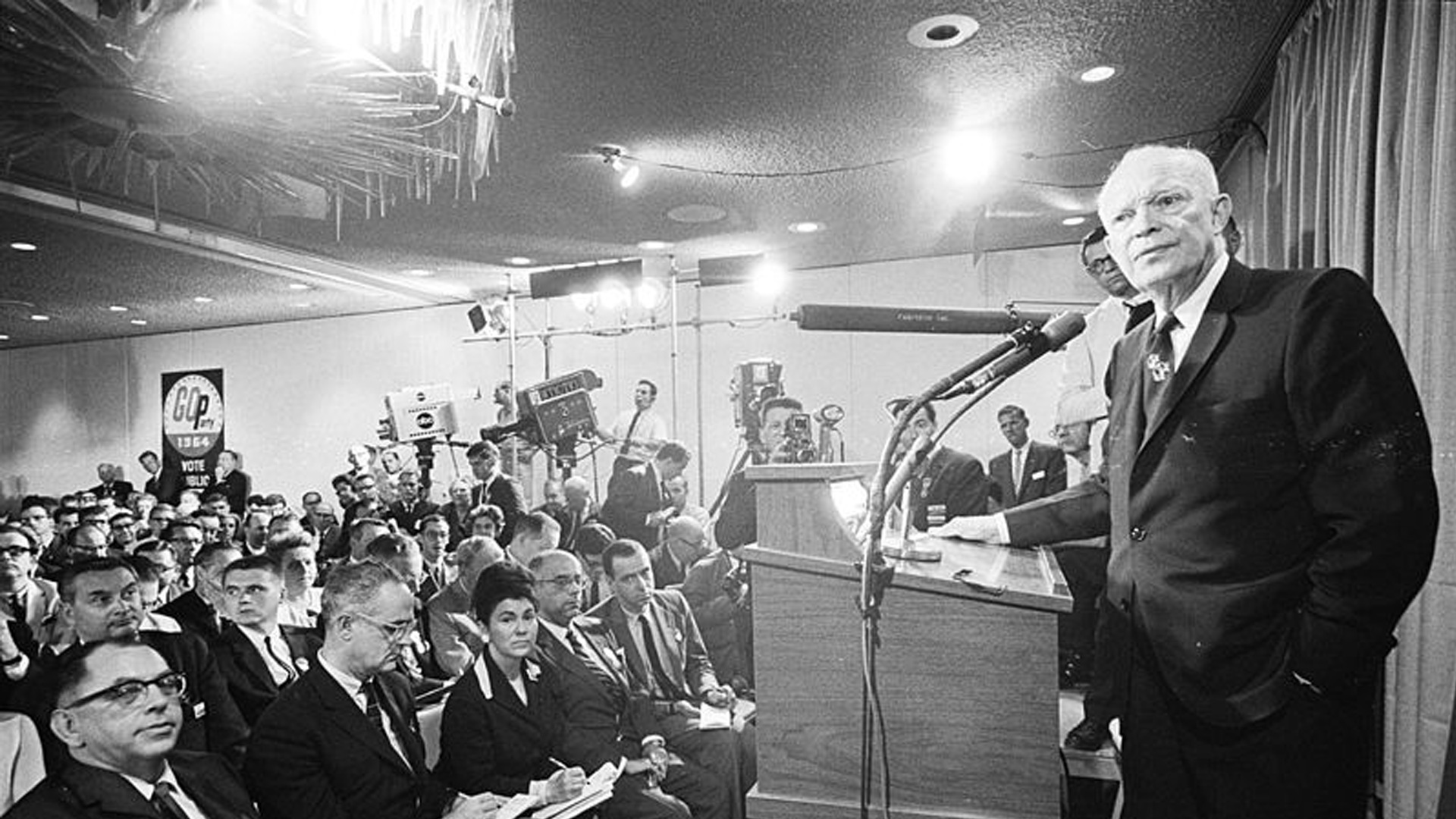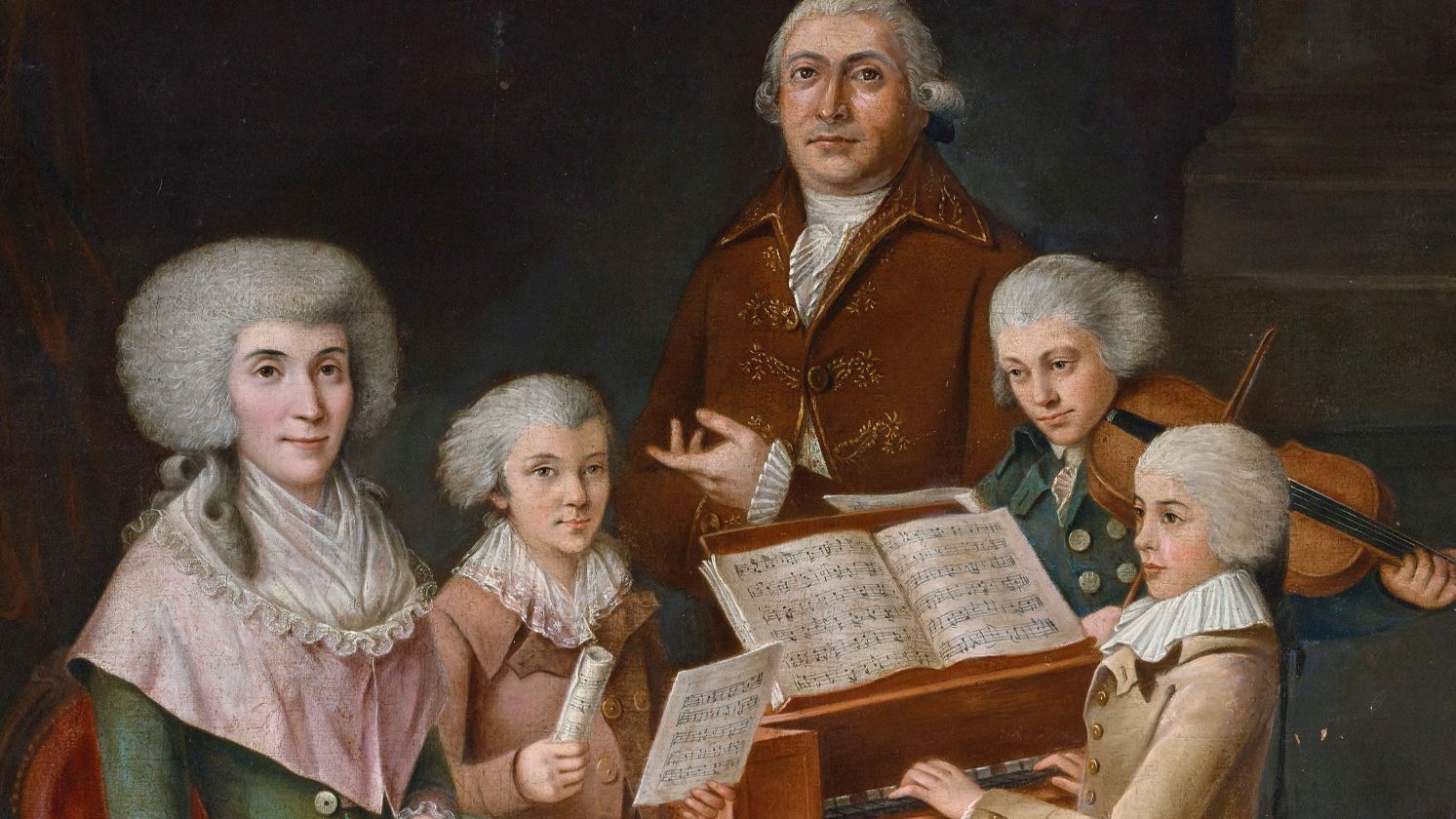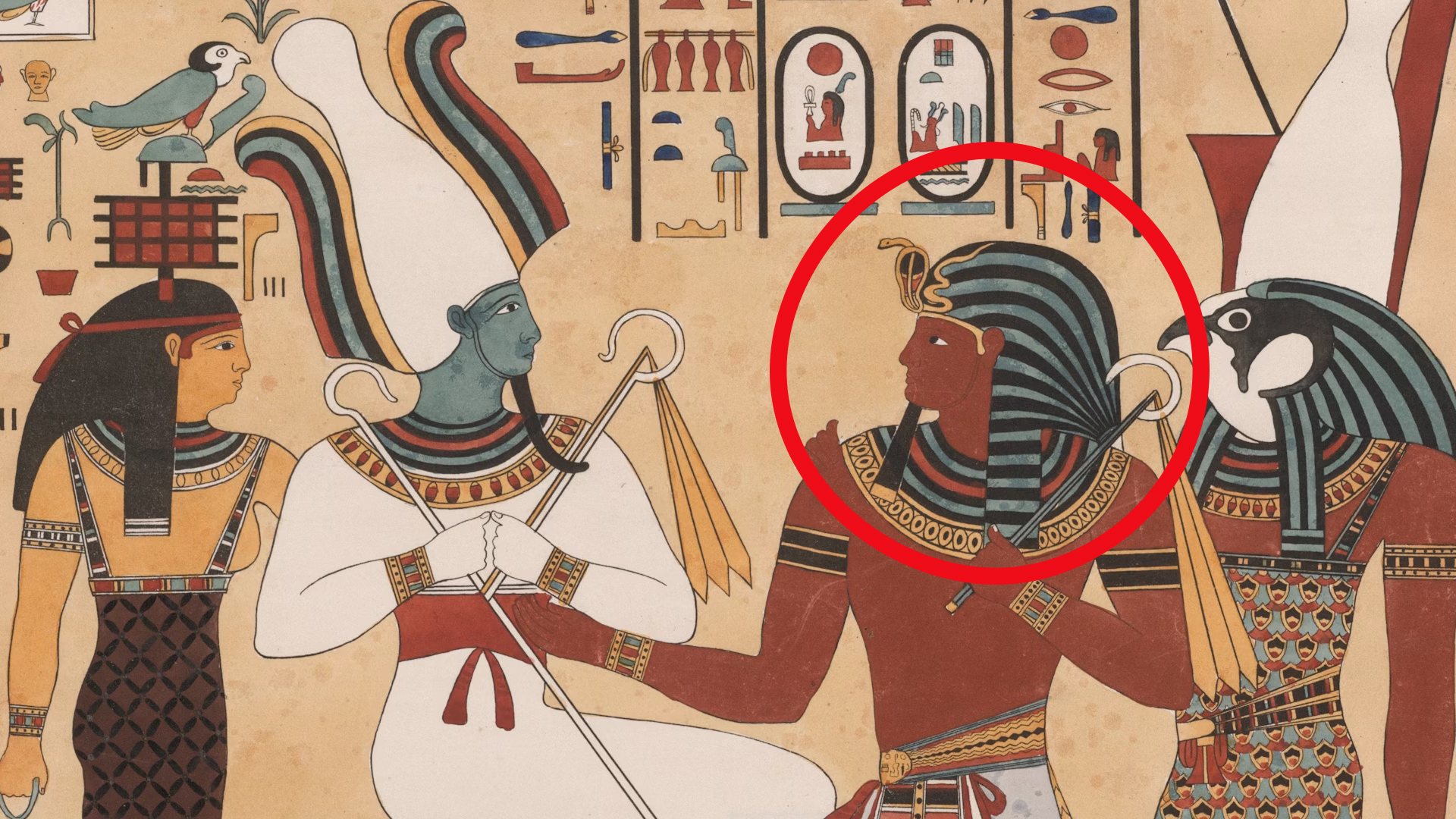The Way of the Samurai
Samurai have fascinated audiences for ages, but differentiating fact from fiction can be a bit tricky. Considering all the media attention they get, it’s easy to be a bit confused about who these warriors truly were. Luckily, this list breaks down 20 interesting facts about the authentic lifestyle of samurai. Did we miss any of your favorites?
1. The Word Samurai
The word "samurai" is derived from the Japanese "saburau," which means "to serve." Samurai are those who served in the noble retinue. For this reason, Japanese warriors were also called "buke" or "bushi."
 Alireza heidarpour on Unsplash
Alireza heidarpour on Unsplash
2. Bushido Code
Samurai followed a code of honor called Bushido, which translates as "the way of the warrior." The chivalric code for Western knights has similar concepts. Both codes of conduct stress ethics that the warrior should follow, such as loyalty, courage, and respect.
 Austrian National Library on Unsplash
Austrian National Library on Unsplash
3. The Katana
Katana had spiritual significance for the samurai, who believed it housed their soul and spirit. Skilled swordsmith families crafted these swords with great care, using complex techniques of folding and hammering layers of high-quality tamahagane steel to produce both strength and beauty. The katana was also valued for its artistic qualities, with unique patterns and masterful craftsmanship making them sought-after collector's items even today.
4. Armor
Samurai also had ornate armor that served a functional purpose as well as symbolizing their elite status. Their wide-legged kimonos, as well as 'hitatare' vests that could be taken off, gave them ease of movement, as did the fact that the quality of their silk was a sign of their prestige.
 Birmingham Museums Trust on Unsplash
Birmingham Museums Trust on Unsplash
5. The Samurai Class
Samurai formed a small minority of the Japanese population, only about 6 to 8% of the population. Samurai were more than just an elite military caste, however. They were a class of people with a well-defined role and status.
6. Non-Japanese Samurai
Although samurai are Japanese, there have been a small number of Western samurai throughout history. One of the most famous samurai was the English sailor William Adams who became a trusted advisor of Shogun Tokugawa Ieyasu, changing his name to Miura Anjin when he took residence in Japan. Yasuke was also a famous non-Japanese samurai, known for being a very strong and feared warrior.
7. Ronin
Ronin were masterless samurai who were left outside of the Japanese social structure. Often becoming ronin because their lord passed or was disgraced, they were generally seen as outcasts by society because they were "wandering men" without a permanent home or place of allegiance. They were not viewed favorably by the public because they were usually expected to honor their lord's death with the ritual of seppuku.
8. The 47 Ronin
The tale of the 47 ronin proved that even masterless samurai could behave with great honor. Their leader's passing left them with the option to commit seppuku but instead, they decided to avenge his death. They worked with cunning and bravery and managed to defeat their adversary's army without losing a single one of their own. The legend of their loyalty and bravery has been kept alive through several movies and manga.
9. Fighting Smart
While samurai are usually portrayed with a katana, in reality, they used a broad range of weapons as the circumstances demanded. They also developed increasingly complex group tactics in order to improve battlefield effectiveness. Samurai weaponry and tactics also grew to include spears, as well as yumi to fight intelligently.
10. Japanese Swords
Samurai swords slowly developed more of a curve as time passed and the design was improved. This was because the curve gave the blade better cutting power, and was more easily drawn. The katana, a beautiful curved sword with incredible sharpness, is the end result of this evolution.
11. The Top Knot
Samurai are known for their top knot hairstyle. This was for two reasons: practicality and aesthetics. It was very practical to pull the hair back when completing battle. It also allowed for the samurai helmet to sit better on the head.
12. The Second Sword
Samurai are characterized by wearing two swords at the belt. The first one is the katana, a long sword, and the other is the wakizashi, a shorter one. The katana was designed for open fields, but the wakizashi was perfect for places such as bamboo forests or castle corridors.
13. Samurai Hierarchy
Samurai were a part of an elite class which Japanese society was very strictly hierarchical. They worked for and served under the great feudal lords or "daimyos." Daimyos were very powerful, but also sworn to serve the shogunate dynasty. In the real political and military sense, it was the shogun who ruled Japan.
14. Marriage
Samurai marriages were normally arranged, frequently between families of equal or higher status in order to forge alliances. Samurai warriors, generally, married women of samurai lineage to maintain their class distinction. On the other hand, low-ranking samurai sometimes found a wife in a commoner class with the potential of a large dowry.
15. The Kabuto
A samurai would don a Kabuto helmet which was made of metal and would cover the forehead, face, and neck. Samurai were also known to wear a Mempo mask. The mask was used as a psychological warfare tactic to intimidate their enemies. The mask would often depict Oni demons and Yurei ghosts from Japanese folklore, symbols of powerful supernatural beings.
16. Onna Bugeisha
Samurai history features strong women warriors called ‘Onna-Bugeisha’ who battled alongside men. They trained in the same ways and performed the same rituals as their male counterparts. These women wholeheartedly adopted the code of the samurai. They were frequently left to protect their homes, families, and honor in times of war.
 Unknown authorUnknown author on Wikimedia
Unknown authorUnknown author on Wikimedia
17. The Naginata
Onna-bugeisha, the female samurai, frequently wielded the Naginata. A spear with a curved blade, the Naginata was popular because it was light. Women preferred it because it was easy to handle during battle.
18. Empress Jingu
Empress Jingu is one of Japan's first and most well-known Onna-bugeisha, female warriors. After her husband's passing in battle, she led a successful invasion of Korean territory, losing only one soldier in battle. Legend claims she called on the power of the kami, or Japanese gods, to aid her. Although the story is likely a myth, Jingu is still a strong symbol of samurai culture.
 Utagawa Hiroshige on Wikimedia
Utagawa Hiroshige on Wikimedia
19. Artistry
Samurai were also cultured artists and intellectuals. Many high-ranking samurai were accomplished poets, and patrons and collectors of painters and sculptors. Samurai, nobles, and monks attended literary salons and many samurai were trained in the "kenbu" or sword dance, a martial art that has been refined into a choreographed performance, which is still performed today.
20. The Ninjas
Hattori Hanzo is one of the most well-known ninjas of Japanese history. He is famous for rescuing the Tokugawa shogun by protecting him from many enemies. Hanzo was heavily rewarded and became a close friend of the shogun.
KEEP ON READING

20 Important Names From World War II You Should Know
Key Players From World War II (For Good or Bad).…
By Cathy Liu Nov 7, 2024
10 Historical Figures Who Were Surprisingly Funny & 10 Who…
Who From History Knew How To Work A Room?. History…
By Emilie Richardson-Dupuis Sep 25, 2025
The Musical Prodigy: 10 Fascinating Facts About Mozart & 10…
Secrets Behind the Symphony. Wolfgang Amadeus Mozart remains one of…
By Chase Wexler May 5, 2025
The Mysterious "Sea People" Who Collapsed Civilization
3,200 years ago, Bronze Age civilization in the Mediterranean suddenly…
By Robbie Woods Mar 18, 2025
20 Inventors Who Despised Their Creations
Made It… Then Hated It. Inventors often dream big, but…
By Chase Wexler Aug 8, 2025
20 Incredible Items In The British Museum People Say Were…
Mystery In History. The mighty halls of the British Museum…
By Chase Wexler Sep 8, 2025
















